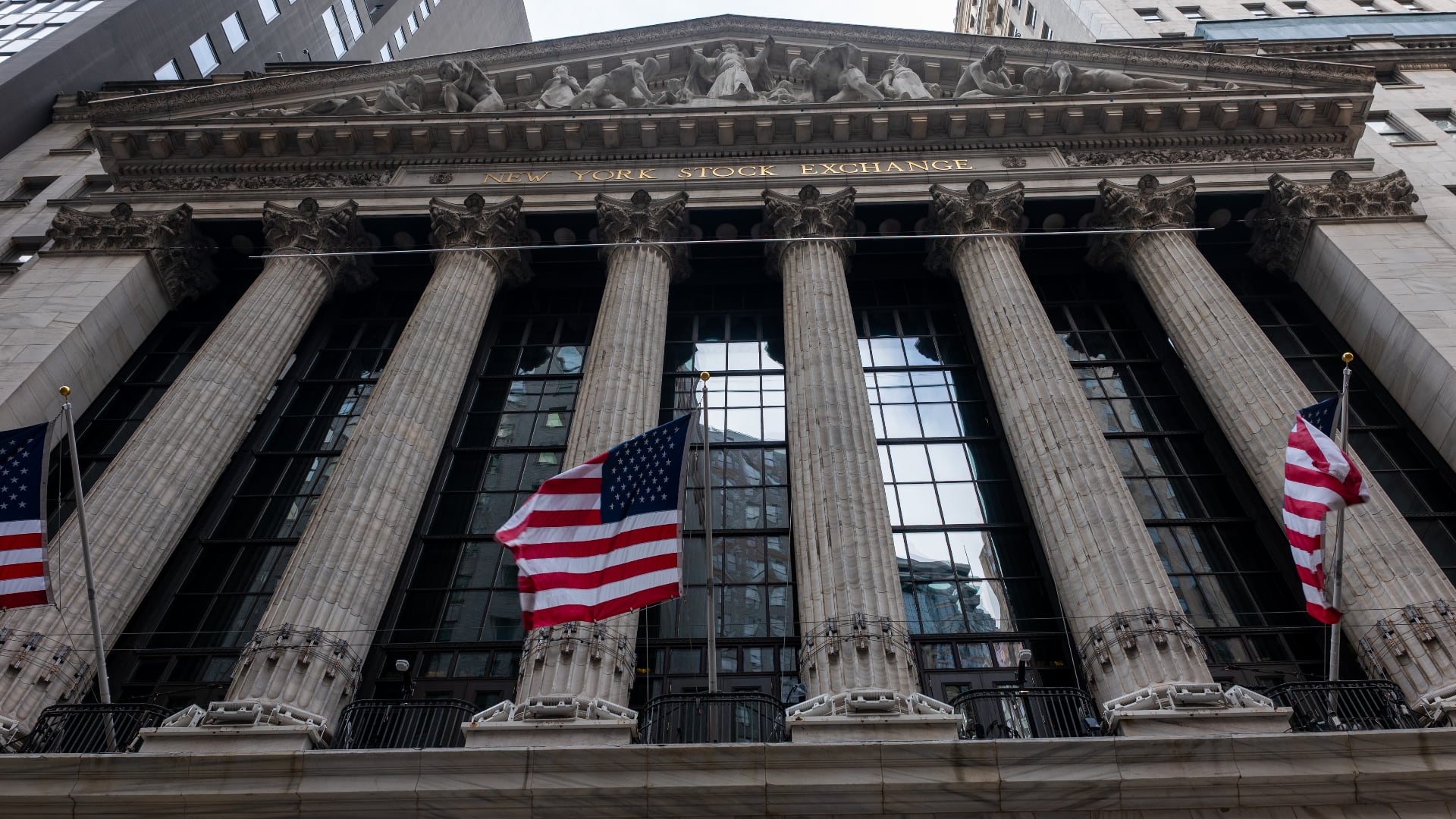For Americans who lacked savings prior to the pandemic, financial stress is rising. A combination of inflation, increased interest rates, and the end of pandemic-tied relief, such as the moratorium on student loan payments, has led to record credit card debt, experts say.
In the fourth quarter of 2023, Americans held $1.13 trillion on their credit cards, and aggregate household debt balances increased by $212 billion, a 1.2% rise, according to the latest data from the New York Federal Reserve.
Delinquencies are also on the rise. As of December, 3.1% of outstanding debt was in some stage of delinquency, up by 0.1 percentage point from the third quarter. The New York Fed's report found that 6.4% of credit card debt was delinquent by 90 days or more, up from 4% in the last quarter of 2022.
“Credit card and auto loan transitions into delinquency are still rising above pre-pandemic levels,” said Wilbert van der Klaauw, economic research advisor at the New York Fed. “This signals increased financial stress, especially among younger and lower-income households.”
The average interest rate on a given credit card is now roughly 21.5%, the highest it’s been since the Federal Reserve started tracking rates in 1994.
Silvio Tavares, president and CEO of VantageScore, one of the country’s two major credit scoring systems, said, “the reality is that there are starting to be some significant signs of stress,” despite consumers generally being in good financial health.
If you're facing increased credit card debt, while feeling the ongoing effects of inflation, here's what to consider:
Ask for a rate cut
One of the first things you should do is ask your credit card company to lower your rates.
While the Federal Reserve signaled Wednesday that its first interest rate cut is likely months away, the average credit card interest rate is already far and away higher than the rate set by the Fed. Most companies offer promotional rates and ways to move your balances to low or zero-interest cards, at least for the first year. These promotions can help keep debt from accumulating.
That said, you may have to pay a balance transfer fee and pay the balance off before a given promotion window ends, or face additional interest.
What's more, reports on bank industry sentiment show banks are becoming increasingly conservative in which loans they give out, which means refinancing may be becoming more difficult.
Pay off higher-interest debt first
Known as the “avalanche approach,” paying off debt that accumulates interest more quickly will always be more efficient than paying off lower-interest debt first. This is the most financially sound method of debt management.
Another way, known as the “snowball approach,” considers the psychological rewards of paying off small debts first, which can boost morale, before tackling larger debts. Some financial counselors see this method as more motivating.
Nonprofit credit counseling can be found through the National Foundation for Credit Counseling at nfcc.org.
Consolidate loans and lower your student loan payment
Wherever possible, counselors also encourage consumers to consolidate loans, at fixed rates when available. The Federal Trade Commission’s Consumer Advice guide for Getting Out of Debt can help you make a plan.
When it comes to student loan payments, also make sure all of those debts are consolidated, and that you're taking advantage of every way to lower that monthly cost.
The Public Service Loan Forgiveness program is one of several avenues for relief still available to many with student debt. Other sources for borrowers include: false certification, borrower defense, closed school, total/permanent disability discharges, and alternate repayment programs like income-driven repayment.
Budget for inflation
Inflation is down from its peak, but the cost of many goods and services remains elevated: A loaf of bread that cost $1.54 in December 2020 cost $2.02 at the end of last year, according to the Bureau of Labor Statistics. The median rent for a property with up to two bedrooms is up from $1,424 at the end of 2020 to $1,713 at the end of last year, according to realtor.com.
America Saves, a non-profit campaign by the Consumer Federation of America, offers guidance here.
Since the pandemic, some providers of monthly services have become more open to negotiating bills — whether utilities, phone service, cable, internet, or auto insurance. Making these calls can lead to meaningful savings, according to Kia McCallister-Young, director of America Saves. Call to ask for the lowest rate, available rebates and coupons, she advises. If a provider is competitive with other companies, there’s an increased chance of getting a discount.









